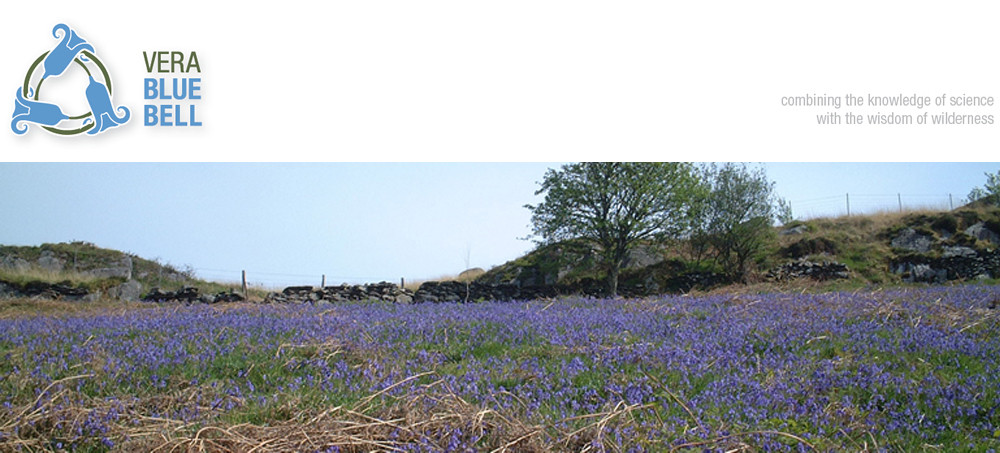Bluebells prefer a well drained site with full sunlight during the winter, the season when bluebells do most of their growing. Bluebells benefit from the addition of organic matter as it increases the water holding capacity of the site. Competition and trampling are not liked as bluebells suffer from both. Competition, by fast growing species like, for example grasses, reduces the growth of bluebells and can be avoided if the fertility of the site is low. Trampling destroys the leaves and without the means to regrow new leaves, they need to wait another year.
Bluebells form carpets in broad-leaf woodlands, on sea cliffs or under bracken. To reach the vivid blue that enchants in springs requires a high density of plants, up to 1000 per square meter. In general, four out of five bluebells have propagated from seed. Splitting of bulbs, a common means of propagation by, for example, daffodils is not common with bluebells.
The seeds germinate and it takes up to five years to reach flowering. The bulbs formed are known as contractile and bury themselves deeper with age. Bluebells can become up to sixty years old.
